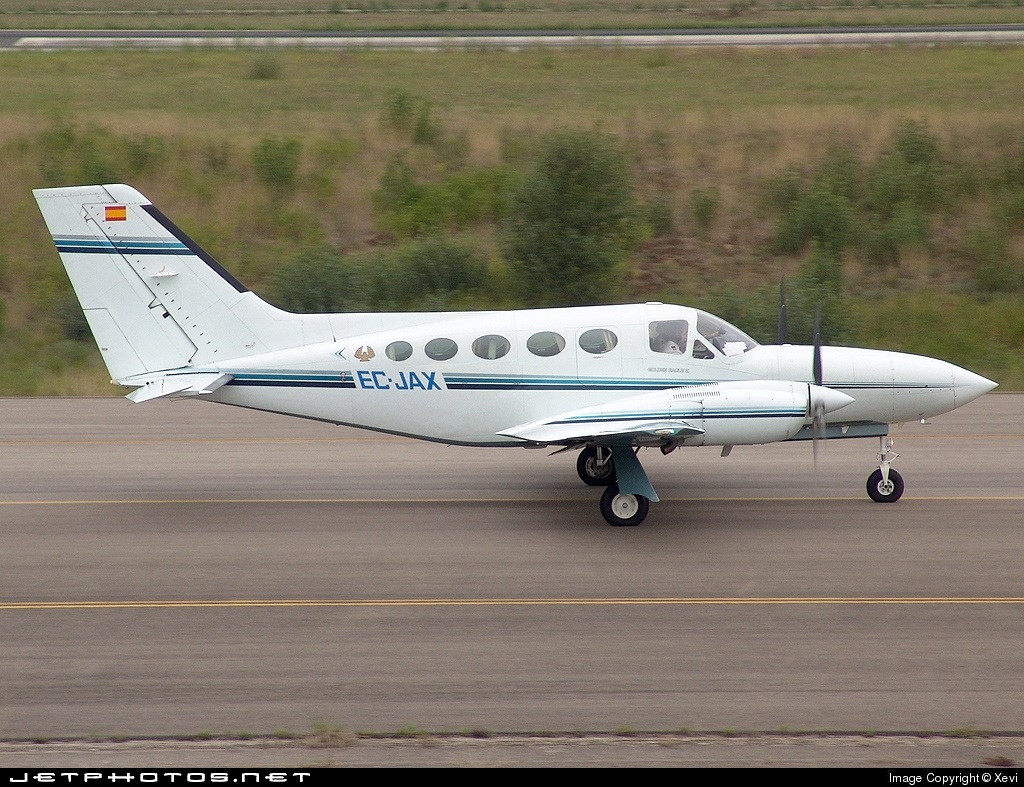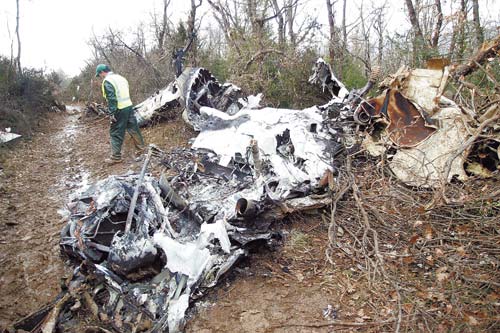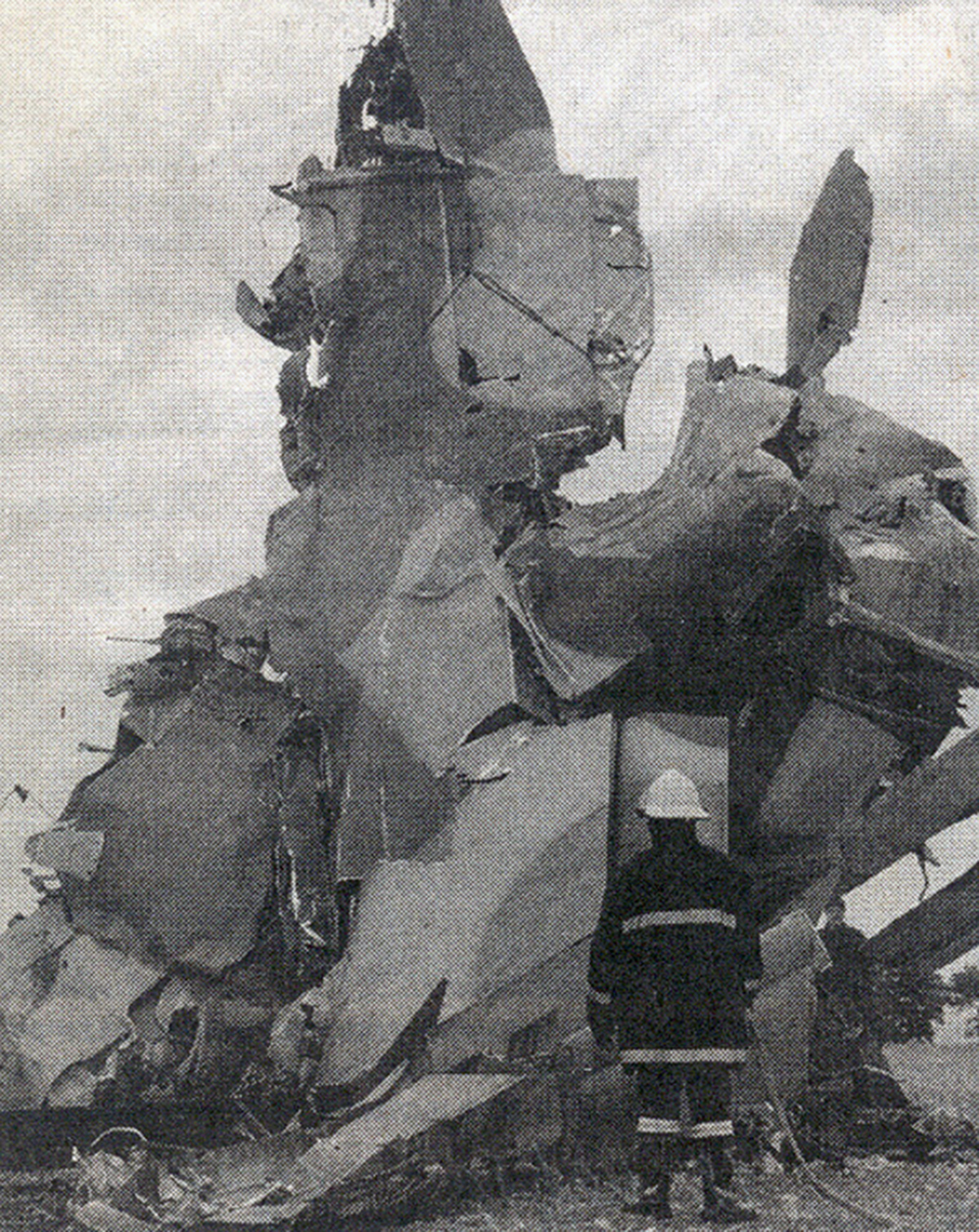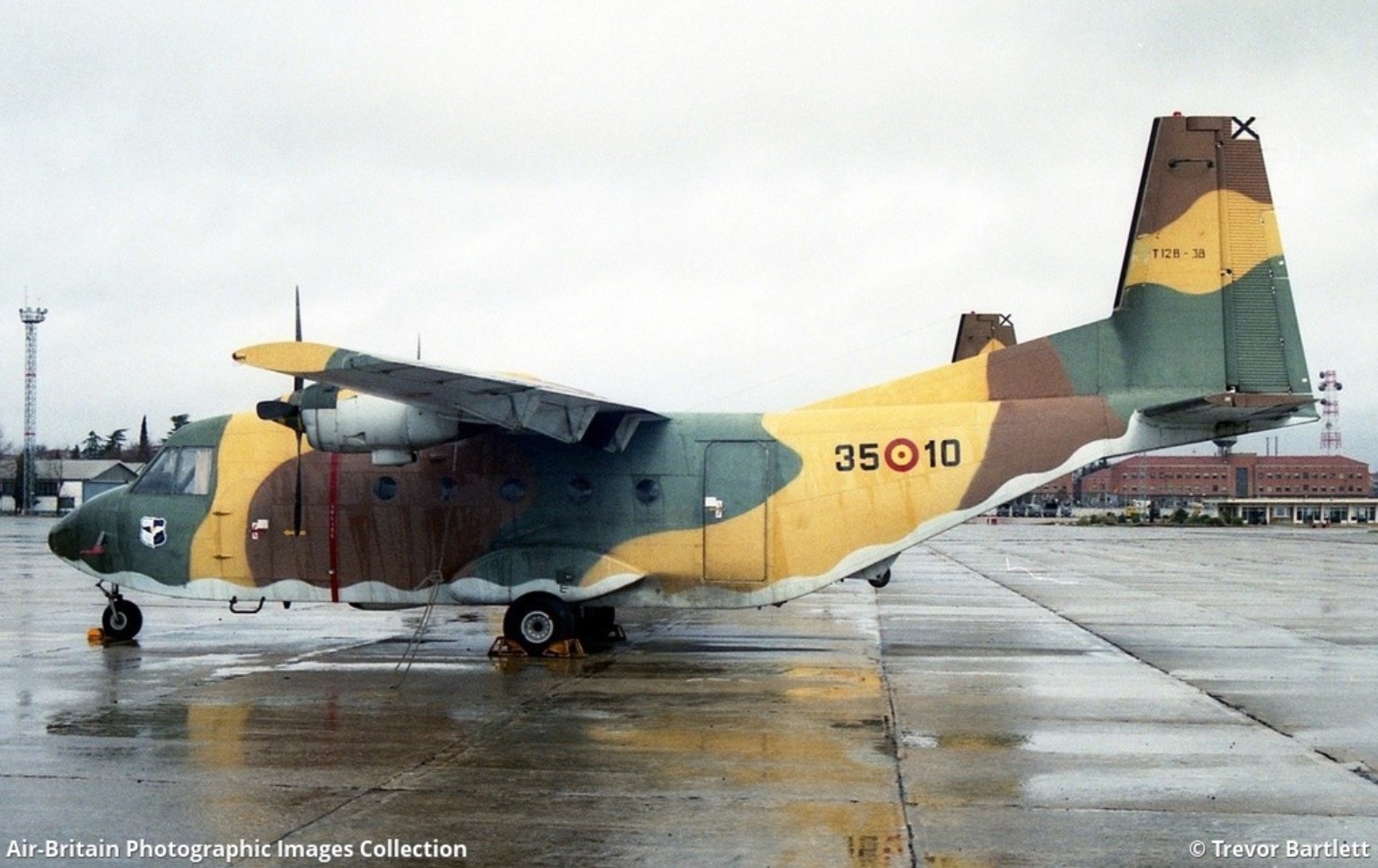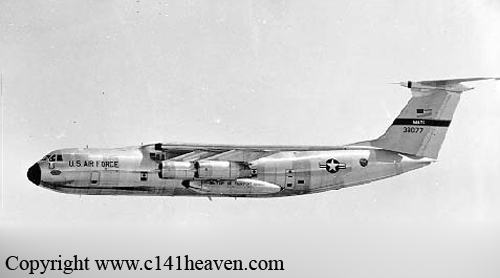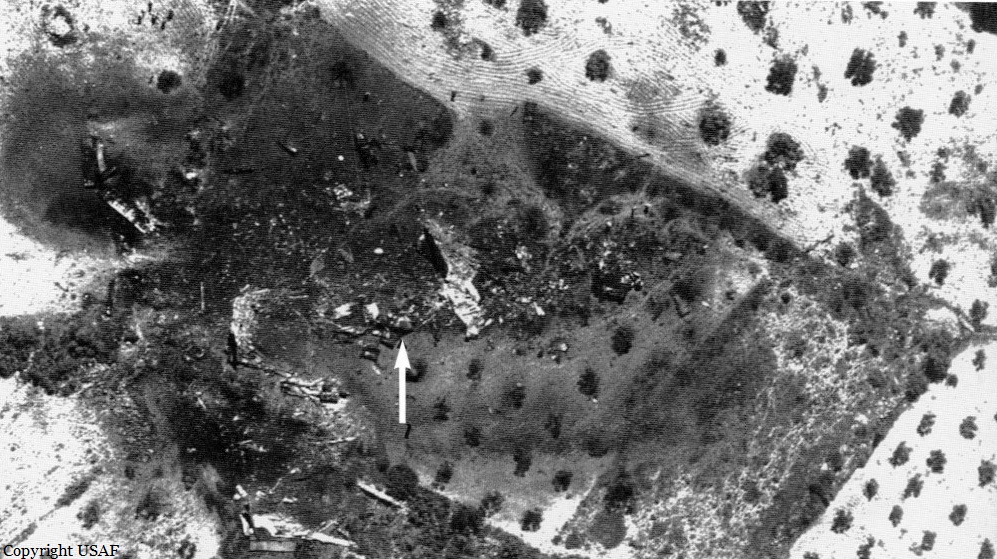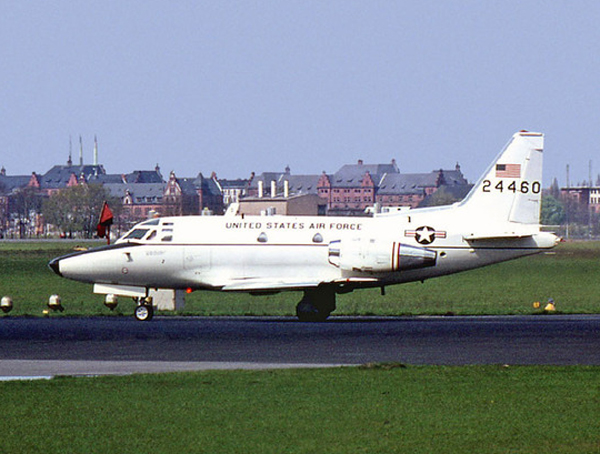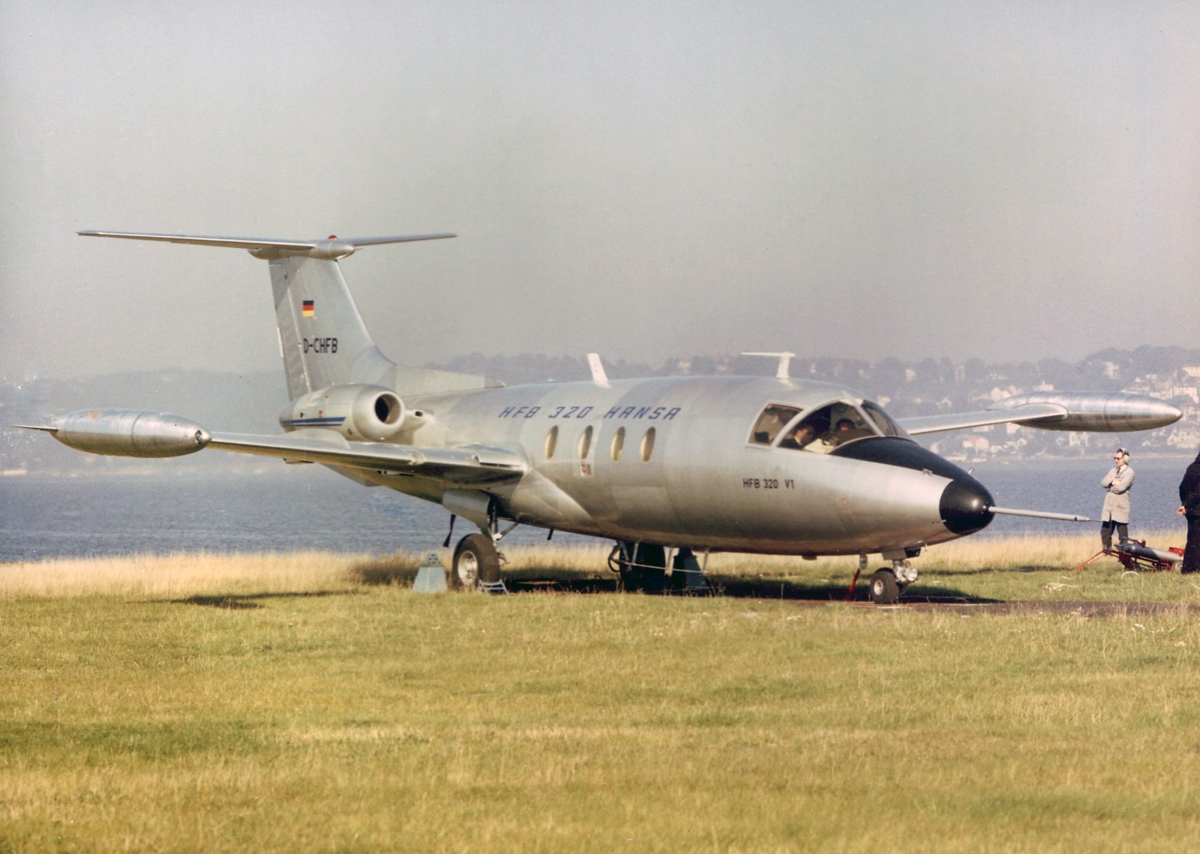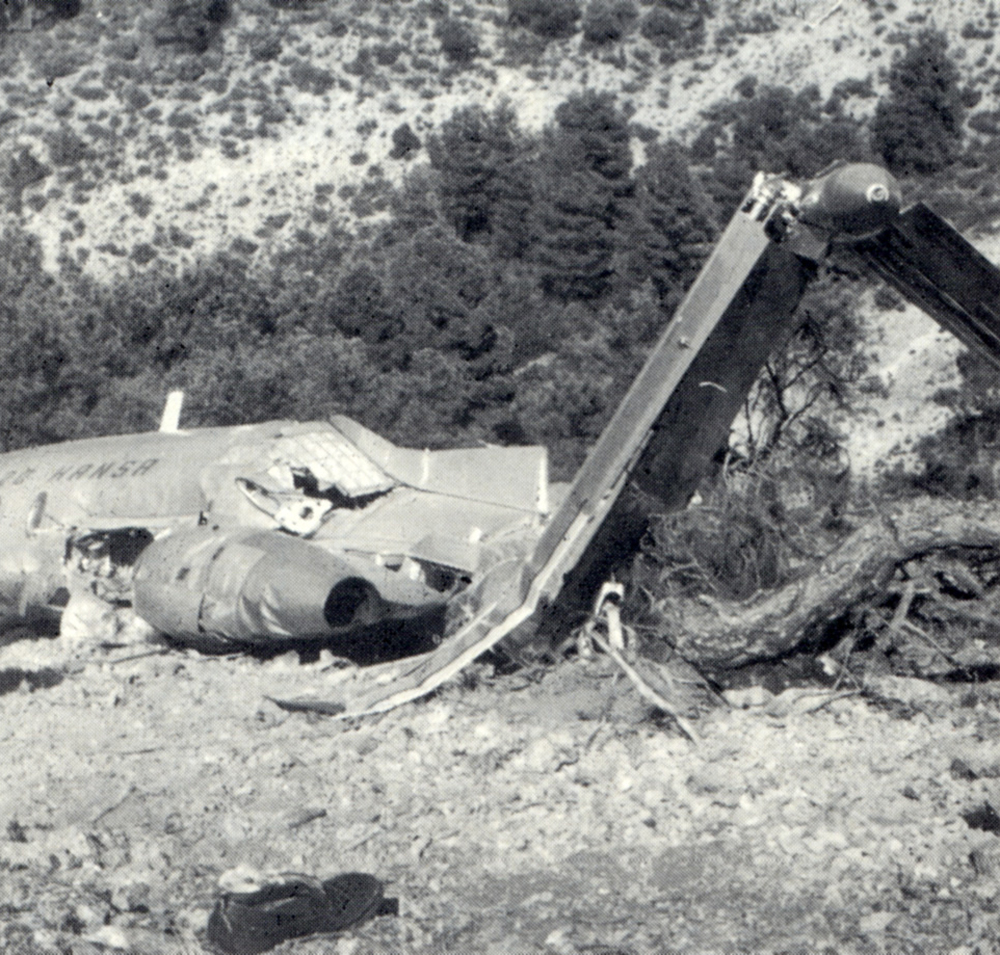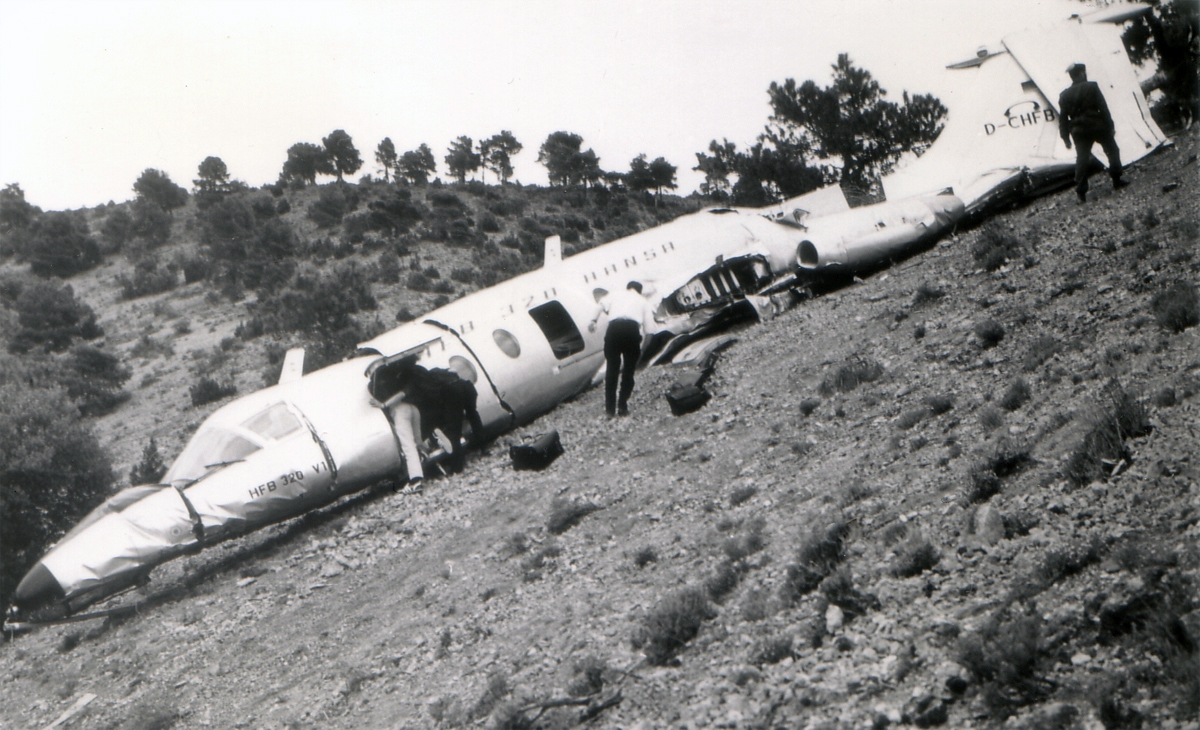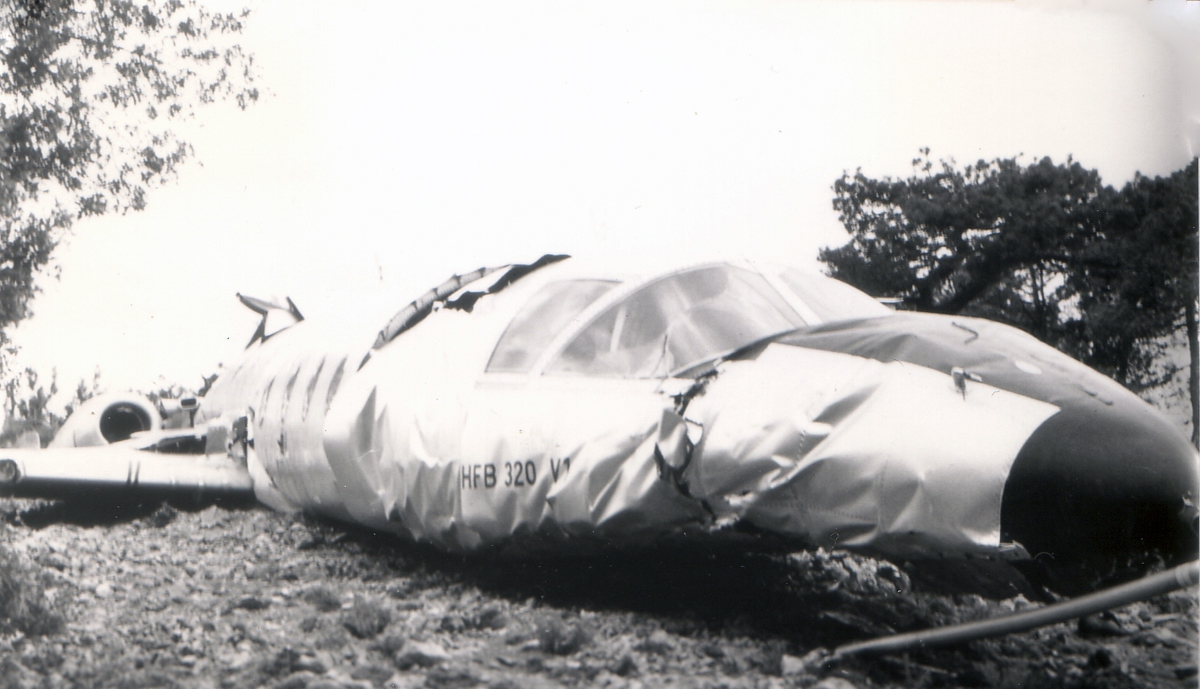Crash of a Cessna 421C Golden Eagle III in Pamplona: 2 killed
Date & Time:
Mar 7, 2006 at 1648 LT
Registration:
EC-JAX
Survivors:
Yes
Schedule:
Madrid - Pamplona
MSN:
421C-0337
YOM:
1977
Crew on board:
2
Crew fatalities:
Pax on board:
4
Pax fatalities:
Other fatalities:
Total fatalities:
2
Captain / Total hours on type:
520.00
Copilot / Total hours on type:
460
Aircraft flight hours:
3518
Circumstances:
The twin engine aircraft departed Madrid-Torrejón AFB on a charter flight to Pamplona with 4 businessmen and a crew of two on board. While descending to Pamplona-Noain Airport, the crew encountered marginal weather conditions. Unable to establish a visual contact with runway 15, the crew initiated a go-around procedure. Few minutes later, while flying at an insufficient altitude, the aircraft impacted ground and crashed in a hilly terrain located in the Sierra de Tajonar, near the village of Labiano. The copilot and a passenger were killed while all other occupants were seriously injured. The aircraft was totally destroyed by impact forces and a post crash fire.
Probable cause:
The crew did not establish a visual contact with the runway and initiated a go-around procedure during which approximations were noted in the flight techniques adopted by the pilots who continued the flight in unstable conditions. As a result, the aircraft was 16 ° off the prescribed path and was flying at an insufficient altitude.
The following contributing factors were identified:
- The wind did not correspond to the component reported in the bulletin published for the destination airport, which affected the aircraft flight path,
- The total weight of the airplane was higher than the allowable limit and the CofG was out of permissible limits, reducing the aircraft's performances and its maneuverability,
- The pilots did not have sufficient experience in instrument flight conditions,
- The lack of clear procedures within the operator,
- The lack of supervision from the Spanish Civil Aviation Authority regarding the activities of the operator.
The following contributing factors were identified:
- The wind did not correspond to the component reported in the bulletin published for the destination airport, which affected the aircraft flight path,
- The total weight of the airplane was higher than the allowable limit and the CofG was out of permissible limits, reducing the aircraft's performances and its maneuverability,
- The pilots did not have sufficient experience in instrument flight conditions,
- The lack of clear procedures within the operator,
- The lack of supervision from the Spanish Civil Aviation Authority regarding the activities of the operator.
Final Report:
